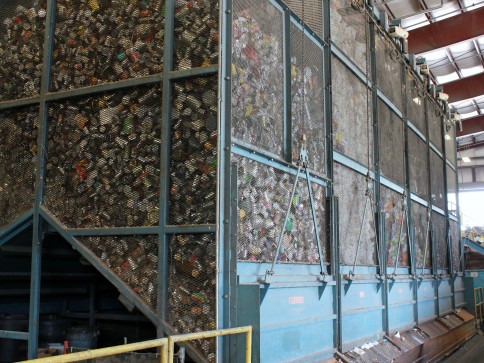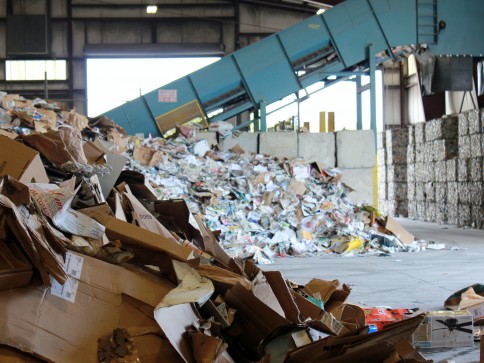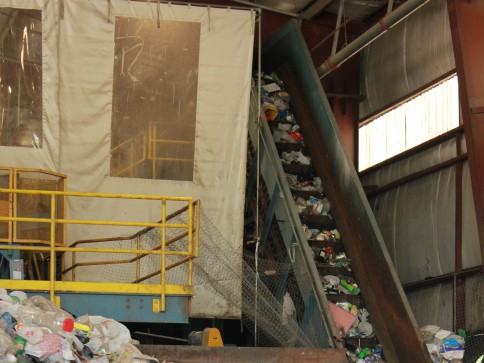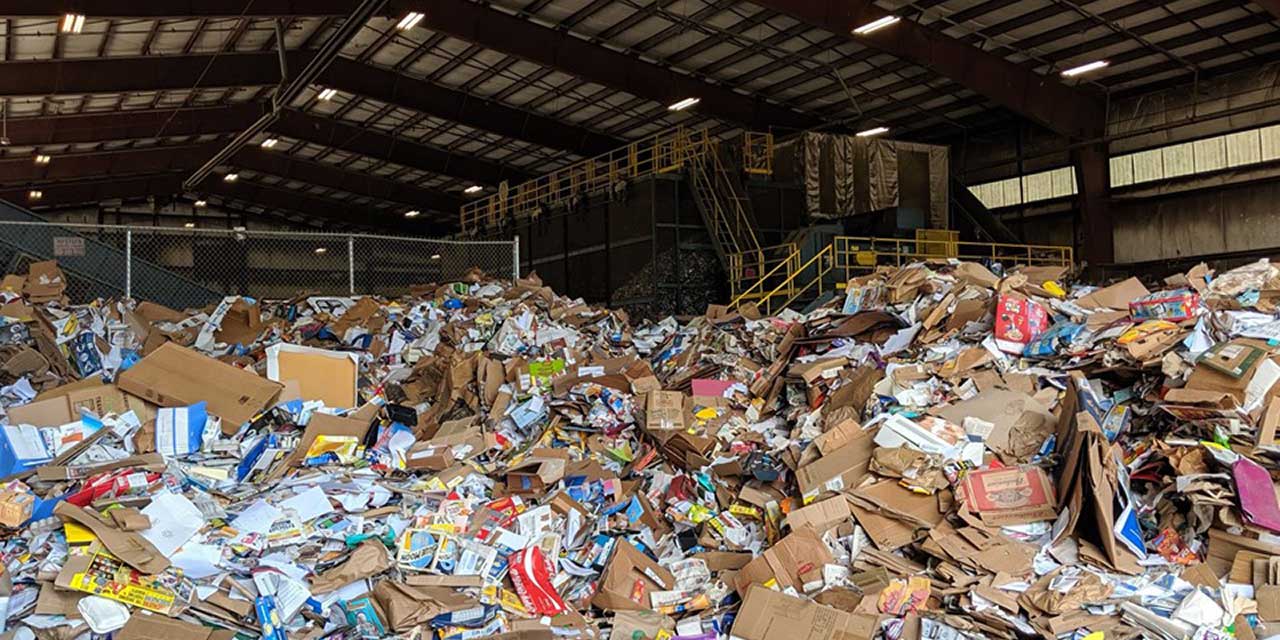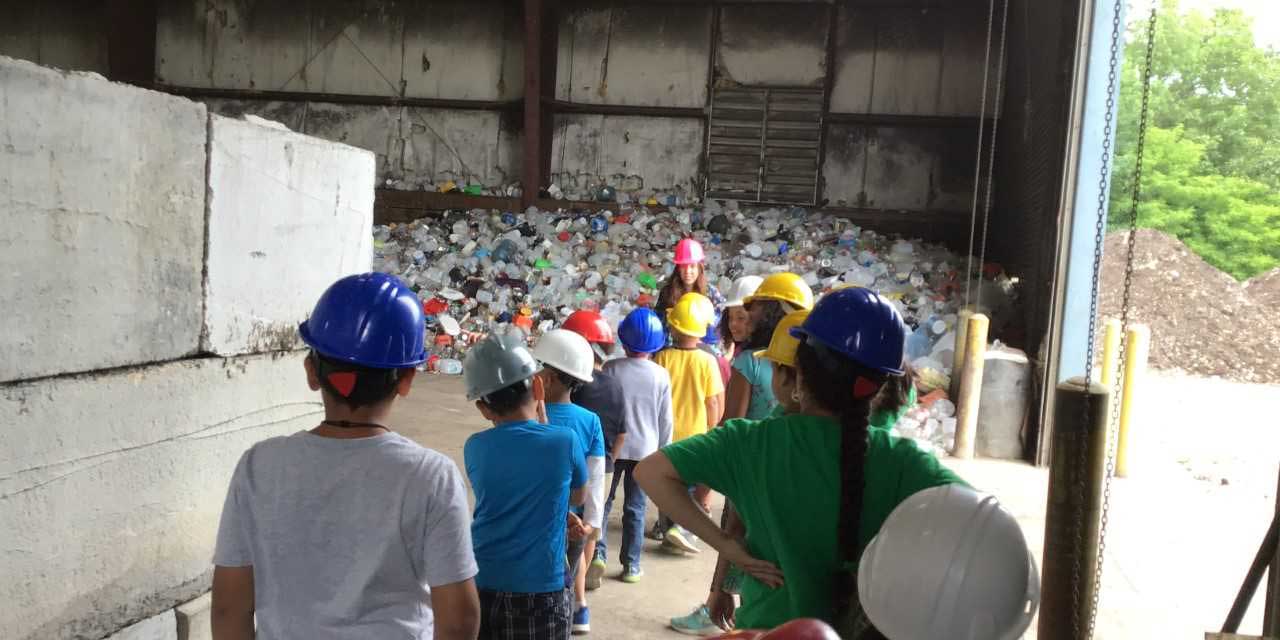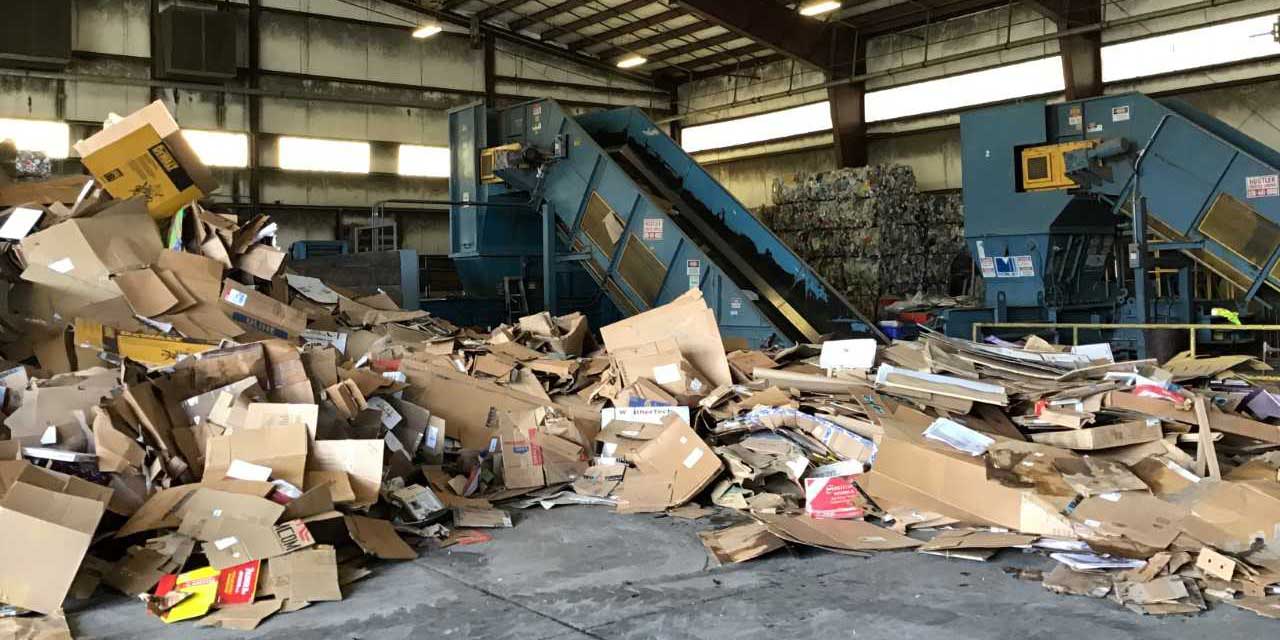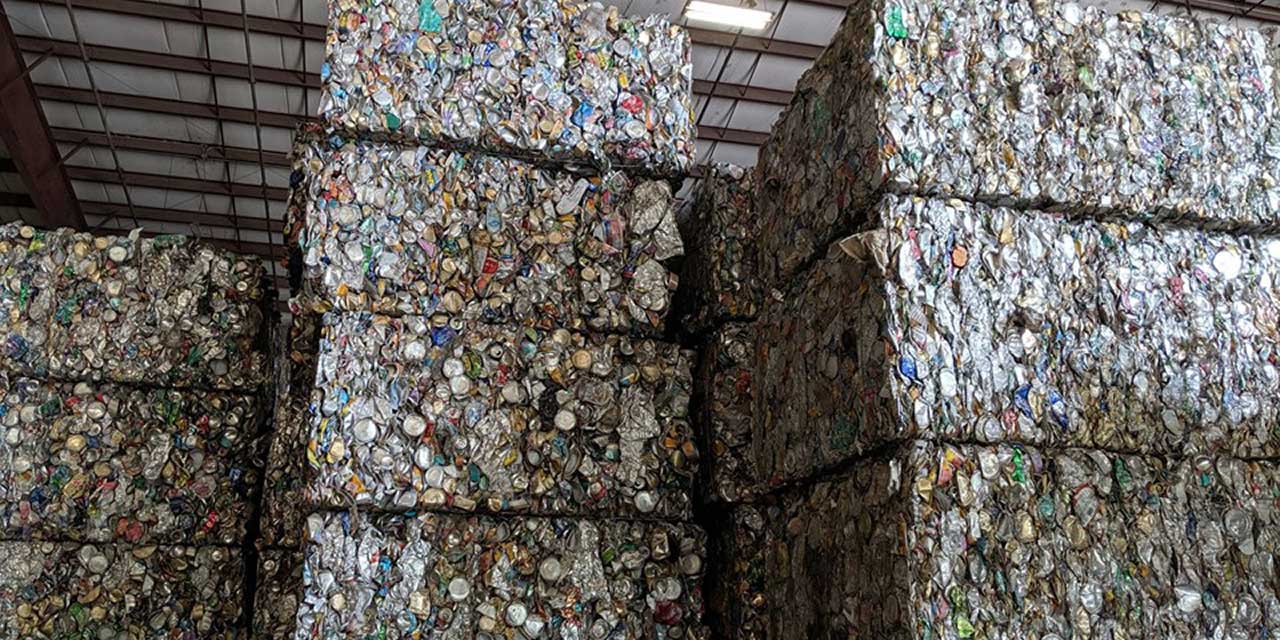UNDERSTANDING THE IMPORTANCE OF RECYCLING
Recycling conserves natural resources
When we recycle, we’re collecting materials that can be reused as a feedstock for manufacturing new products. Recycling decreases the need to extract virgin materials from natural environments, which reduces land disturbances, conserves natural resources, water, and energy.
Recycling reduces environmental pollution
The manufacturing of goods, and the transportation and disposal of waste creates greenhouse gas emissions that could be greatly reduced by recycling. However, the most impactful way to avoid these emissions is to reduce and reuse items before they need to be recycled or discarded.
Recycling improves our communities
Recycling is a citizenship skill that demonstrates leadership and concern for the environment. Recycling reduces litter and improves our communities by promoting ecological literacy.
Recycling saves landfill space
Not everything can be reduced, reused, or recycled, and we need to conserve available landfill space for those items that cannot be diverted from disposal.
Recycling creates jobs
It’s estimated that there are 757,000 recycling-related jobs in the United States, and these careers represent $36 billion in wages and $6.7 billion in tax revenue each year (EPA)
Recycling…it’s the Law!
Recycling is mandatory in Ulster County. All persons are required to source separate the regulated recyclable materials. Please contact us to anonymously report non-compliance.
DUAL STREAM RECYCLING AT UCRRA
ACCEPTED ITEMS
HOW TO RECYCLE IN ULSTER COUNTY
Residents have the option to bring recyclables to their local town transfer station, or hire a company to pick up their recyclables at the curb. Commercial businesses have the option to bring recyclables to UCRRA, or hire a company to pick up their recyclables at the curb. Please note: UCRRA does not accept residential drop-off of recyclables. Please visit our page Recycling Options for Businesses and Residents to learn more about how to recycle in Ulster County.
RECYCLING TIPS
- When in doubt, ask! If you’re not sure if an item is recyclable, contact your hauler, town transfer station, or ask the UCRRA Recycling Outreach Team. Putting items in the recycling bin when you’re not sure they’re acceptable for recycling can damage equipment, harm workers, and ruin the value of other recyclables!
- Always keep recyclables loose; do not bag your recyclables. Do not place plastic bags or flexible plastic films in the recycling bin.
- Rinse containers clean and dry of any food or liquid residue.
- Break down cardboard boxes.
- Do not put scrap metal in the recycling bin.
- Do not put hazardous wastes in the recycling bin.
FREQUENTLY ASKED QUESTIONS
UCRRA RECYCLING OUTREACH TEAM
The Agency’s Director of Sustainability and Recycling Educator are available to assist municipalities, businesses, schools, and other institutions with implementing or improving their recycling programs. Learn more here.

